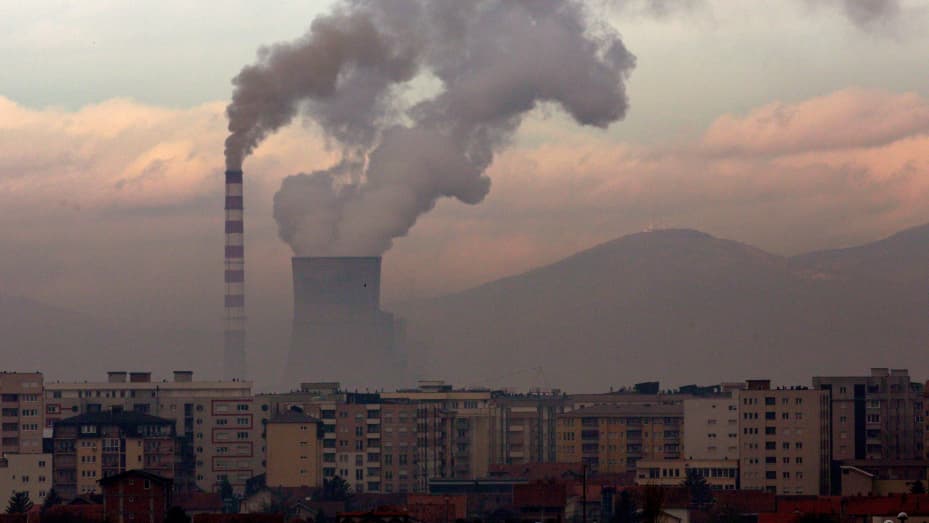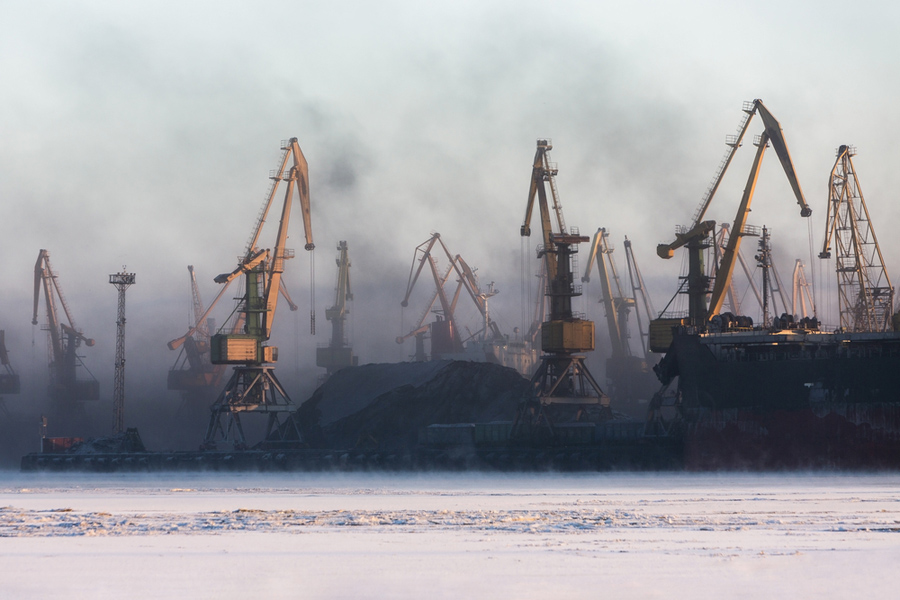E. Africa crude pipeline math does not add up
TUESDAY SEPTEMBER 28 2021In the past two years, Africa has experienced some damning climate change events that have affected millions of people.
The climatic events, including unforgiving droughts and floods, have resulted in the destruction of property, food insecurity and even loss of lives.
Ugandan Minister of Water and Environment, Sam Cheptoris, recently confirmed the same, saying: “Uganda is already feeling the impacts of climate change. From extreme drought to extreme flooding, the threat is growing in Africa.
For governments, regional stakeholders and civil society to collaborate on our common challenge, we need to act now and act together. Climate action is a path to a better future for Africa and for the world.”
And yet, as climate change hits us hard and costs us lives and livelihoods, the Ugandan Cabinet moved in haste to approve a special Bill to pave the way for the construction of the East African Crude Oil Pipeline (EACOP)
The climate change consequences of carrying on with the project are clear. That the project will emit up to 34 million tonnes of carbon annually has not yet been disputed by anyone, including TotalEnergies, China National Offshore Oil Corporation (CNOOC), and the governments of Uganda and Tanzania.
Backers of the pipeline and associated projects have sought to justify the project from an economics standpoint.
The governments of Tanzania and Uganda are expecting economic benefits from the oil extractions and the EACOP projects. But unfortunately, even the economics do not hold up to scrutiny.
Since the discovery of oil in Uganda, the government has continually put its economy at risk by fully immersing itself in the EACOP projects. This has resulted in overborrowing.
While among the reasons cited for the overborrowing is the expectation of oil revenue, the ones benefiting from this exercise are the oil companies that enjoy tax breaks and seek additional concessions through laws such as the EACOP Bill.
There are also many uncertainties and risks in the oil sector. The plummeting oil prices, strides made globally on clean energy transition and the increasing threats from international litigation should concern Uganda as its economic future is put at risk.
While our eyes glow when the oil barons preach the gospel of the revenue from oil, it is clear that the golden age of oil is on its deathbed.
In fact, experts from the UK-based think tank Climate Policy Initiative (CPI) say that Uganda’s oil reserves have already lost over 70 percent of their value since 2013.
In 2020 Tullow, who was the then proponent of EACOP and associated projects, appeared to step back and cut its losses.
Tullow was expecting to fetch $900 million, but the sale ended up at $575 million. The Ugandan government had to settle for taxes to the tune of $14 million instead of the $167 million it was demanding.
Increasingly, more banks and financial institutions have been avoiding investments in fossil fuels like the plague. Globally, over 100 financial institutions have announced their intention to divest or are divesting from fossil fuels.
In the case of the pipeline, 11 out of the 25 banks approached to finance the project have have expressed their reservations due to the project’s cost on people living within the corridor and climate change concerns.
It is apparent that they have done their calculations and realised that this pipeline will not offer good returns on their investments and would therefore culminate in stranded assets.
Perhaps even worse, is that the Ugandan government could also extend the existing 10-year tax holiday granted to the EACOP developers. Experts estimate that this will result in a 10 percent decrease in earnings expected by the Ugandan government from the Ugandan oil.
In comparison, tourism contributes up to 10 percent of the Ugandan GDP and is responsible for 23 percent of Uganda’s exports.
The sector has earned the country about $1.6 billion. It is, therefore, not complicated. The oil activities in Uganda’s national parks, forests, lakes, rivers and other natural resources will negatively affect this promising sector.
Additionally, this pipeline and associated projects will significantly affect the agriculture sector. Seven people out of 10 in the labour force in Uganda are employed in agriculture.
This poses a huge risk following the land acquisition of up to 5,300 hectares that 15,000 households depend on for their livelihoods. The same concerns go for the fishing industry, which employs over 1.2 million people.
If we are keen on development, we need to focus our energies on green opportunities like tourism, agriculture, fishing, and renewable energy that are already injecting fortunes into our economies and whose potential we are yet to fully exploit.
Let us embrace a people-centred model, geared towards a sustainable, green future and not one rigged to benefit big oil companies like Total Energies and CNOOC.
Nakate is the founder of the RiseUp Movement. Elmawi is a lawyer and the Coordinator of the #StopEACOP Campaign











